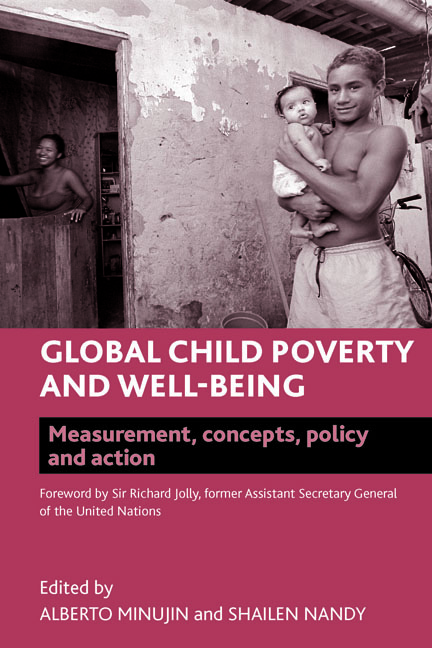Foreword
Published online by Cambridge University Press: 07 September 2022
Summary
For over more than 60 years, the United Nations Children's Fund (UNICEF) has led the way with international action for children. But UNICEF has been at its best and had most influence when the action has been combined with ideas and thinking about how best countries and the international community can give more attention to children in both national and international policies. It is the action that has usually attracted most attention and support − because of its obvious practical appeal. Indeed, UNICEF has built its reputation on ‘making a difference’, not just talking about what needs to be done. Nonetheless, when UNICEF's action has been directly linked to pioneering ideas, the results have been greatly multiplied.
Each of the decades of UNICEF's existence can be identified by a dominating idea:
1945: Children recovering from war need urgent and special support.
1950s: Children in developing countries deserve and need international support as much as those in war-torn developed countries.
1960s: Children's needs must be made an integral part of national economic planning.
1970s: A country programme approach for children is essential if action is to be tailored to the specifics and capacities of each country.
1980s: Accelerated action is possible with social and political mobilisation and can lead to a veritable child survival and development revolution.
1990s: Children's rights provide moral and practical guidelines for addressing children's needs in ways which offer them respect and where their voices are heard.
2000s: The Millennium Development Goals (MDGs) provide a global agenda of meeting the needs of children alongside other human priorities.
The list is obviously an oversimplification. Although these ideas have characterised these eras of advance, there have been others. The 1980s, in particular, brought a burst of actions and global leadership. UNICEF's The State of the World's Children report (SOWCR), each year released in 100,000 copies and a dozen languages, ensured that UNICEF's vision and ideas gathered headlines in virtually every country of the world. But action was always a central part of the message. The SOWCR provided a year-by-year commentary on how social and political mobilisation was bringing progress for children, documenting country successes in expanding immunisation, oral rehydration and the increasing use of other low-cost readily available measures to save children's lives and to reduce child mortality.
- Type
- Chapter
- Information
- Global Child Poverty and Well-BeingMeasurement, Concepts, Policy and Action, pp. xxix - xxxiiPublisher: Bristol University PressPrint publication year: 2012

